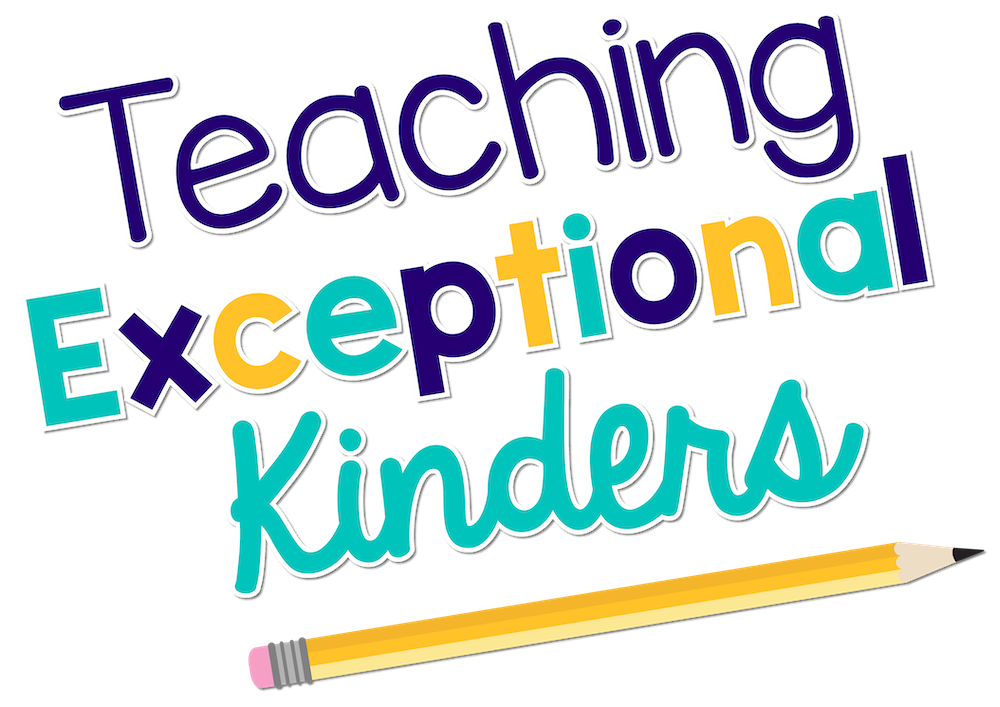Why Behavior Calendars Aren’t Helping Your Classroom Management
Are you thinking about changing your classroom management system for this school year? Are you considering a behavior calendar? Before you decide to try a behavior calendar with your students, keep reading! I’m sharing why behavior calendars aren’t helping your classroom management and what you should try instead.
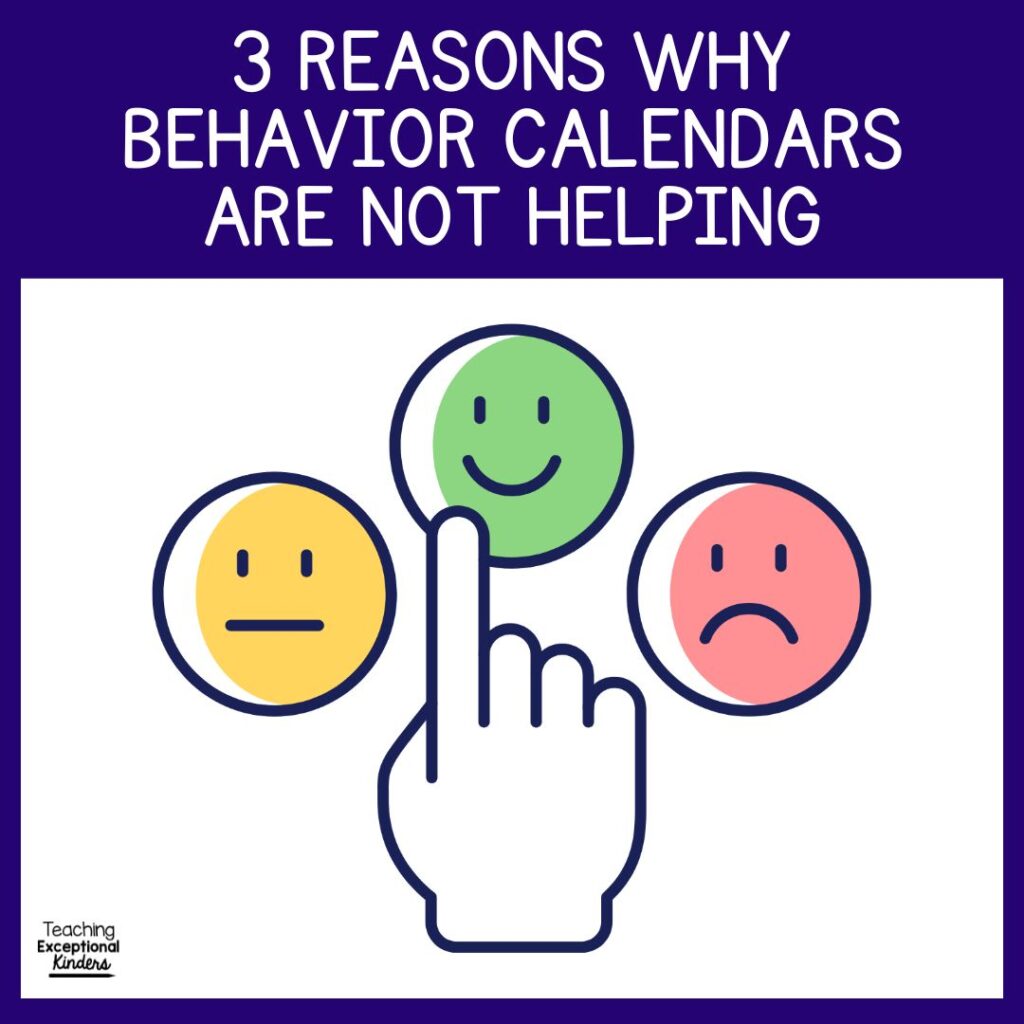
What is a Behavior Calendar?
A behavior calendar is a way for teachers to quickly sum up each student’s behavior for the day. Behavior calendars are usually based on a color system: Green for a day with mostly positive behaviors, yellow for a day that required some warnings, and red for a day with significant disruptive behavior. Some behavior calendars are used to communicate the daily results of a clip-chart behavior system, which is a topic for another day!
Behavior calendars are generally included in a take-home folder so that parents can see how their child behaved at school each day. While this method might be simple to implement, it is not very effective for classroom management.
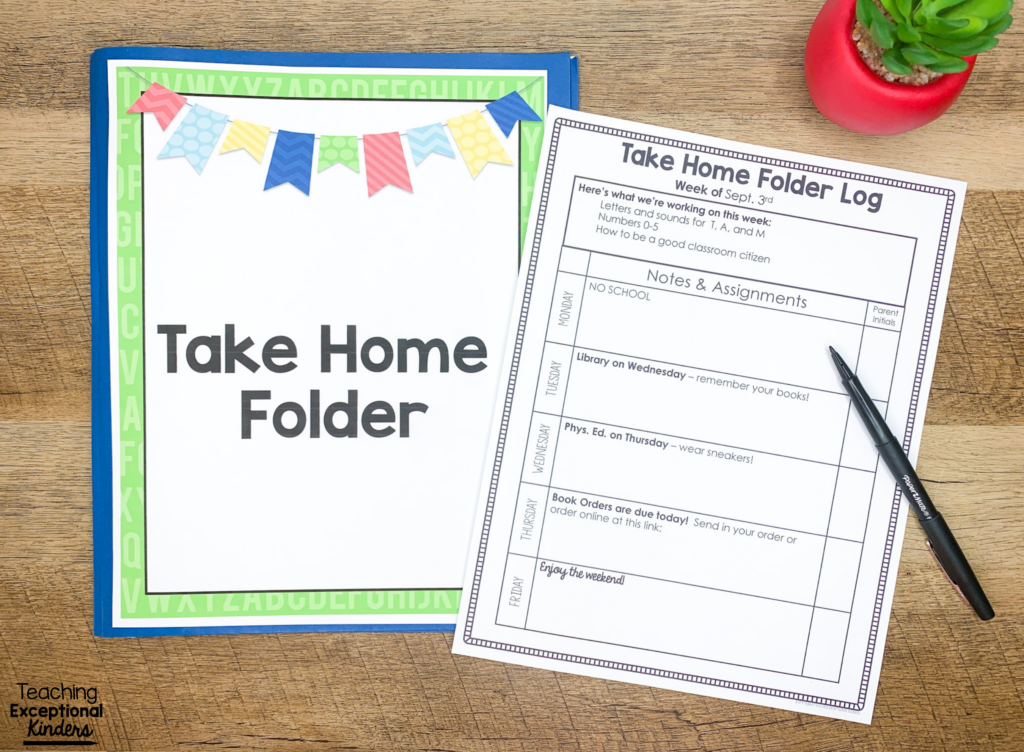
Why Behavior Calendars Don’t Work
If you are considering a behavior calendar as part of your classroom management strategy, I wanted to give you a little bit of food for thought. There are several reasons why behavior calendars are not the most effective method of behavior management. For today’s post, I’ve narrowed it down to the top three.
1. They Are Subjective
If you ask a teacher what their students need to do in order to receive a green on a behavior calendar, you will likely notice some room for subjectivity. There might be criteria such as “three warnings equals yellow.” However, unless teachers are able to track every warning to every student over the course of the school day, they will likely be making some judgment calls when it comes to deciding on each student’s color of the day.
What’s so bad about subjectivity in a behavior management system? For one, behavior expectations will feel like a moving target! Plus, students are very in tune with what their peers are doing. If a child receives a yellow but their peer, who received many more warnings throughout the day, received a green, it could cause confusion and frustration! Students might learn that they can be sneaky with their behavior and, as long as the teacher doesn’t notice, they’ll still earn a green for the day. This is definitely not the goal of behavior management!
2. They Aren’t Specific
One of the biggest drawbacks of behavior calendars is that they don’t provide specific feedback about behavior. When parents see a yellow square on their child’s behavior calendar, they usually have to rely on their child to explain why. Often, the child might not even know what caused the yellow square!
The lack of specific feedback is also difficult for students who receive green most days. They are essentially being rewarded for an absence of negative behavior. Green becomes more of a relief than a reward! This makes it harder for students to learn and practice the specific behavior we want them to exhibit at school.
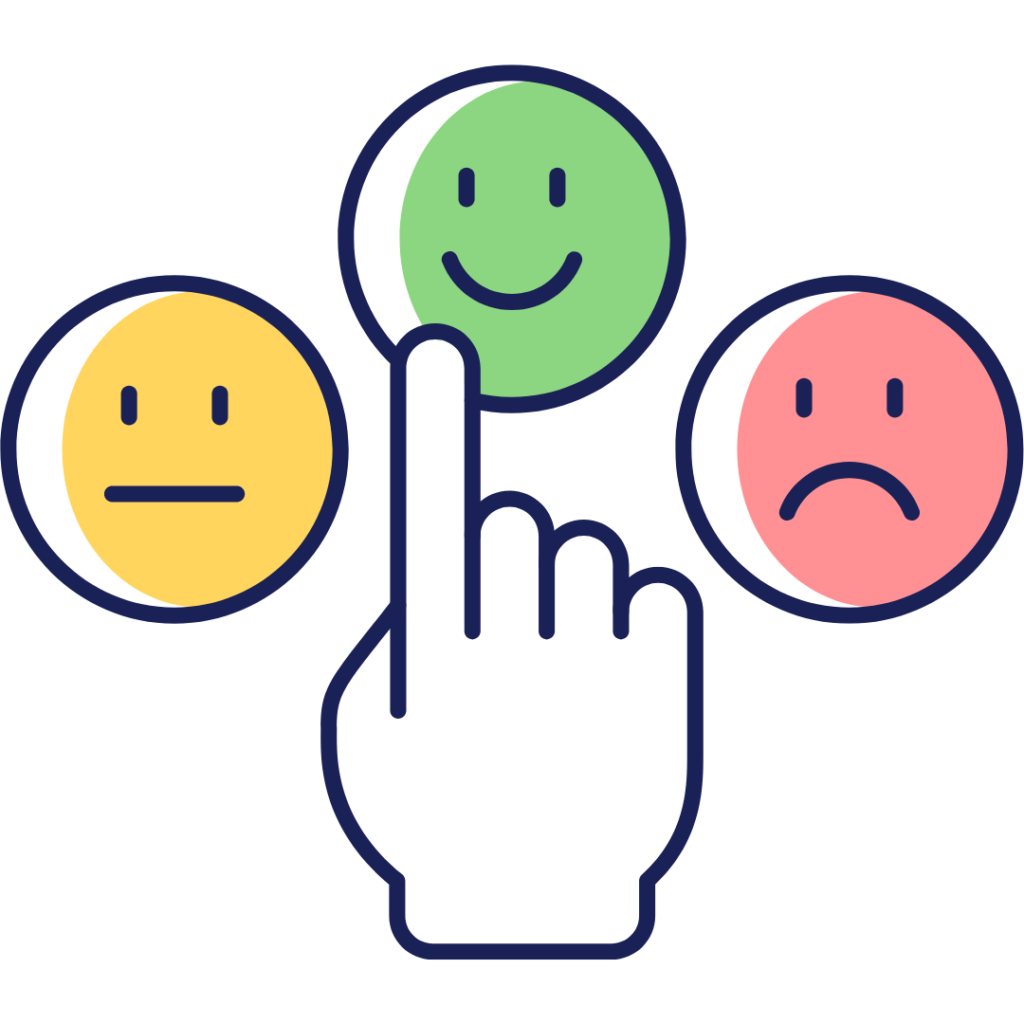
3. They Can Be Disheartening
Without appropriate classroom management, patterns of negative behavior can develop. There will be students whose completed behavior calendars look less like a green tree with an occasional apple and more like a tree full of autumn leaves. Think of how disheartening this can be for young students and their parents! They will watch the calendar fill up with yellow and red squares, with little feedback as to why.
The most concerning part of this visual behavior record is that disheartened students can start to associate themselves with a particular color. A yellow square on the behavior calendar will start to hold no weight for students who view themselves as “yellow kids.” Children are so much more than a colored square on a calendar! Your classroom management strategy should support your students as individuals and celebrate their positive behavior choices.
Behavior Calendar Alternative
I recognize the need to efficiently communicate behavior to parents. I can also see the appeal of a behavior calendar – a simple and visual representation of behavior that can be sent home each day. However, I have found a much more effective way to communicate with parents and significantly improve classroom behavior: Glow and grow notes.
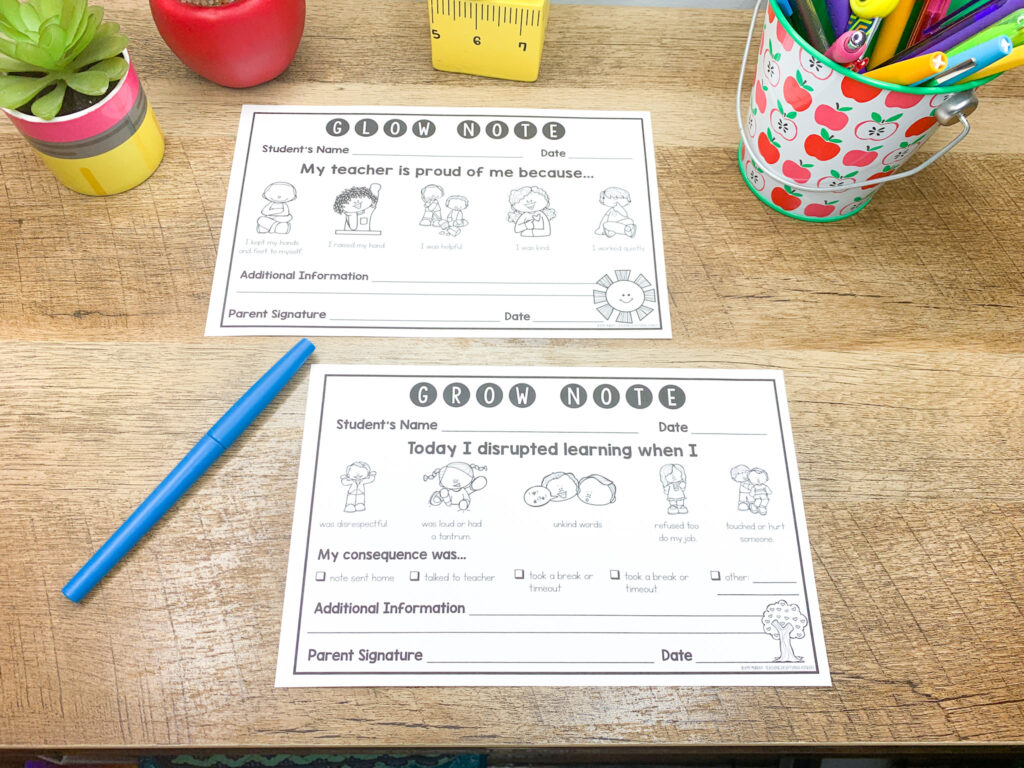
These simple behavior checklists are an easy way to communicate with parents about behavior, whether it’s something positive or something that needs improvement. These notes address specific, measurable behaviors so students and parents can understand exactly why the note is being sent home. There is space for additional notes or context if needed, but often the checklist alone is plenty of feedback!
Unlike behavior calendars, Glow and Grow notes do not need to be sent home every day. This fact can actually add to their effectiveness! Students won’t become numb to receiving either positive or constructive notes at the end of every school day. One glow note can do more for a student’s mindset than an entire month of green squares!
Sending home one positive note each day and one constructive note as needed gives you the time to provide thoughtful and specific feedback to every student in your class. In order to ensure that all students receive a positive note, you can keep a simple tally of which students have already received one. This will remind you to look for the positive things that specific students are doing each day so that you can send home a glow note!
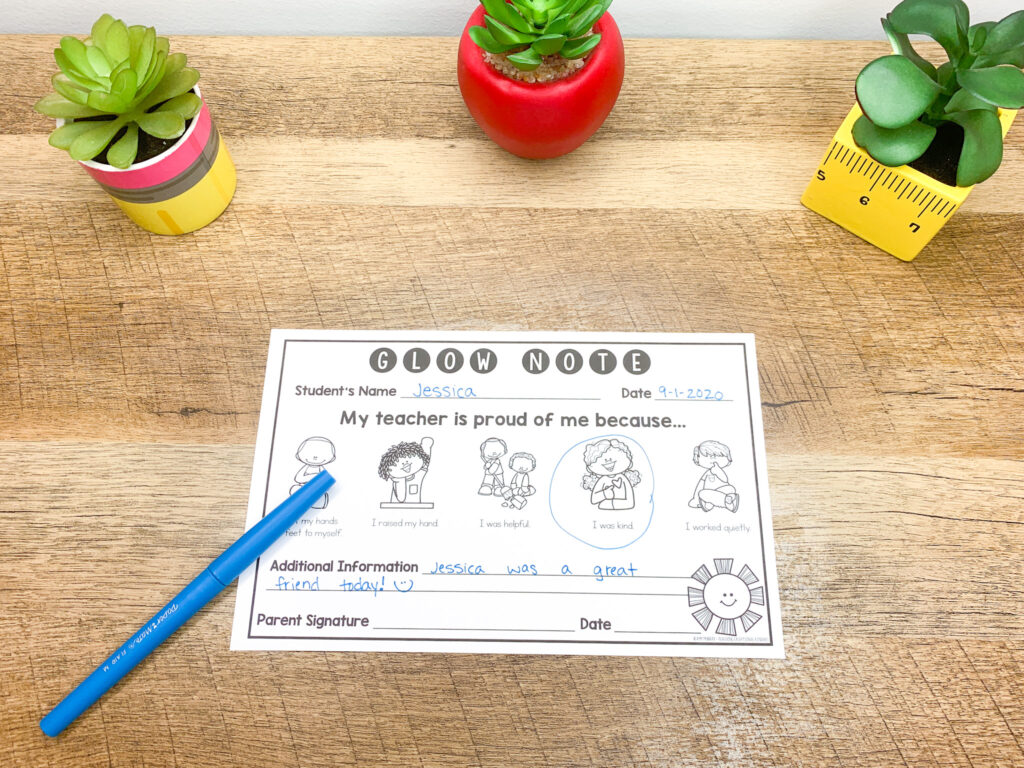
Printable Glow and Grow Notes
Would you like to ditch the behavior calendar and try something new? Try my printable glow and grow notes! You can edit these notes to add your own behaviors and consequences, which makes the feedback specific to your classroom. If you’d like to take a closer look at this resource, you can find these glow and grow notes in the Teaching Exceptional Kinders shop or on Teachers Pay Teachers.
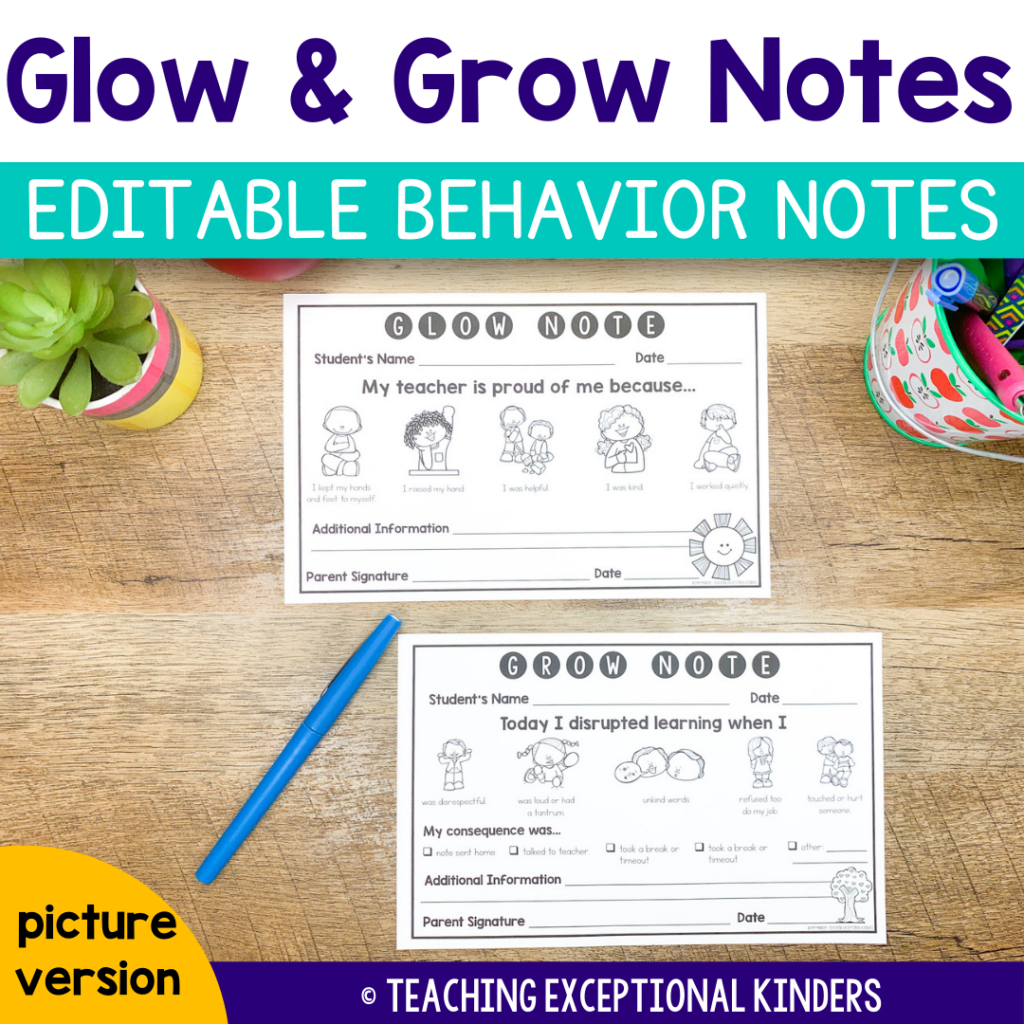
Save These Classroom Management Tips
Be sure to add this pin to your favorite teaching board on Pinterest! You’ll be able to quickly find these tips and resources whenever you’re ready to revisit them.
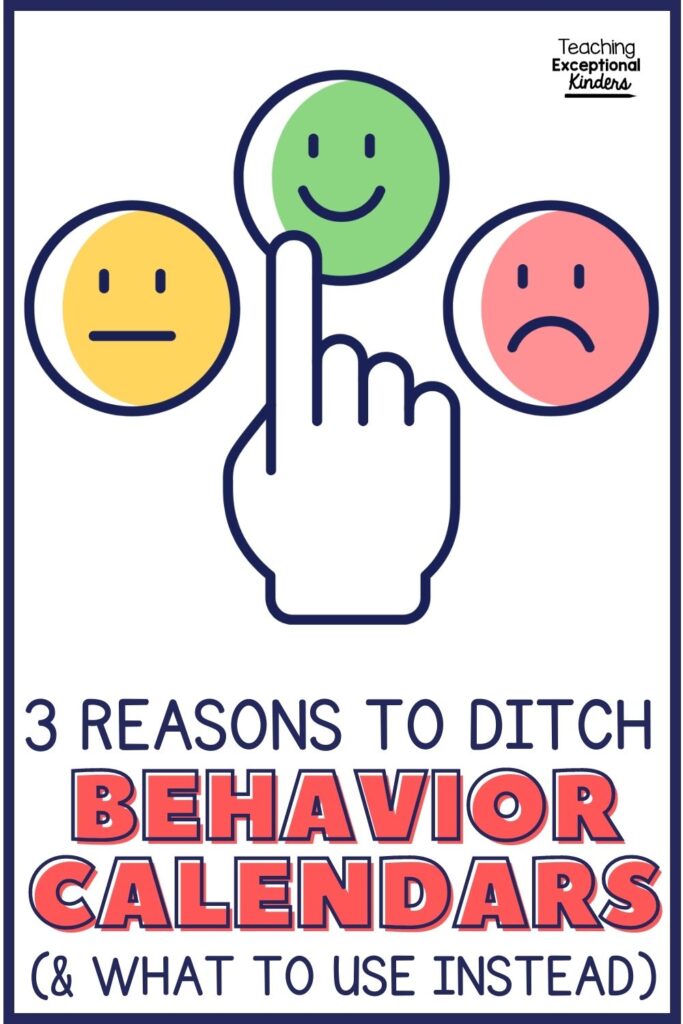
Amy
SITE DESIGN BY LAINE SUTHERLAND DESIGNS

